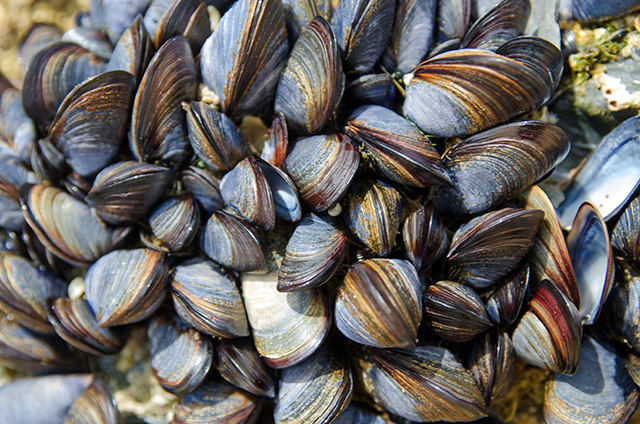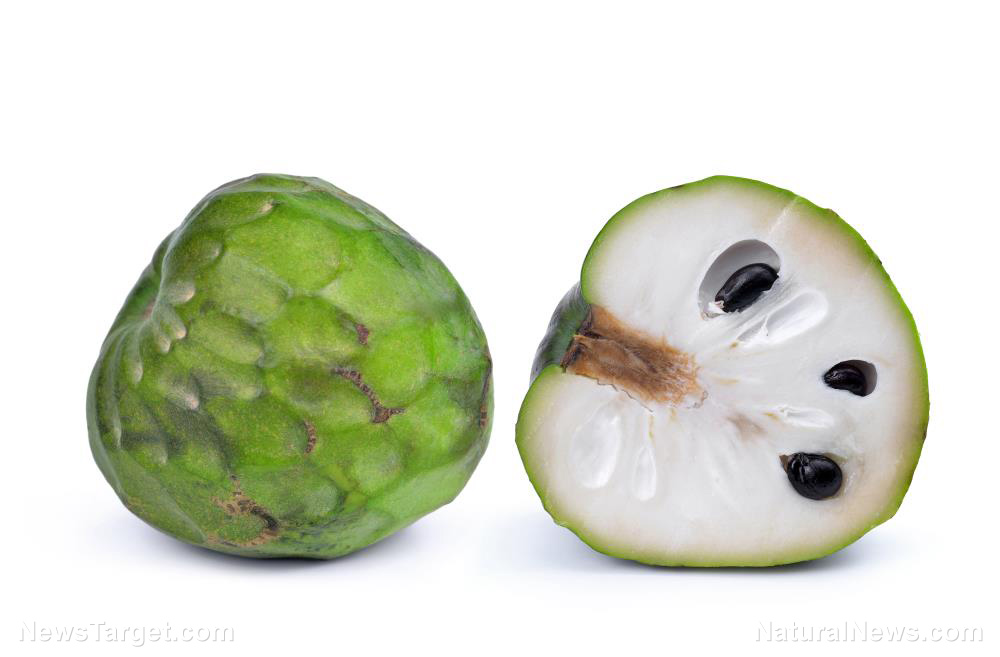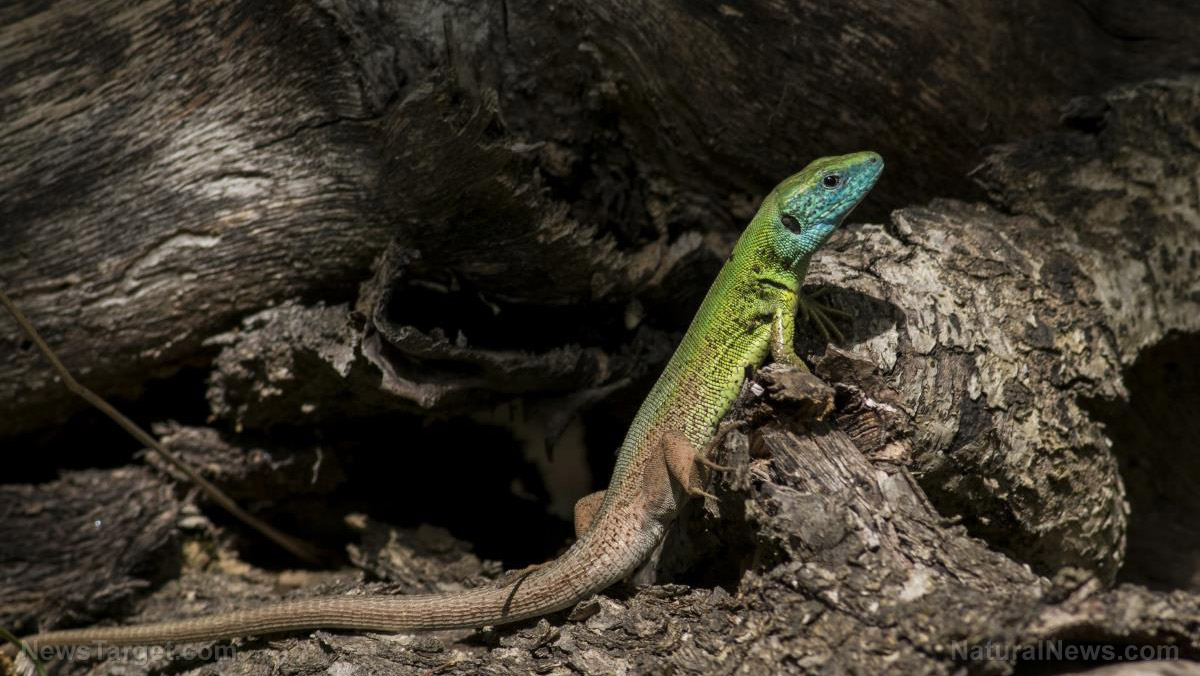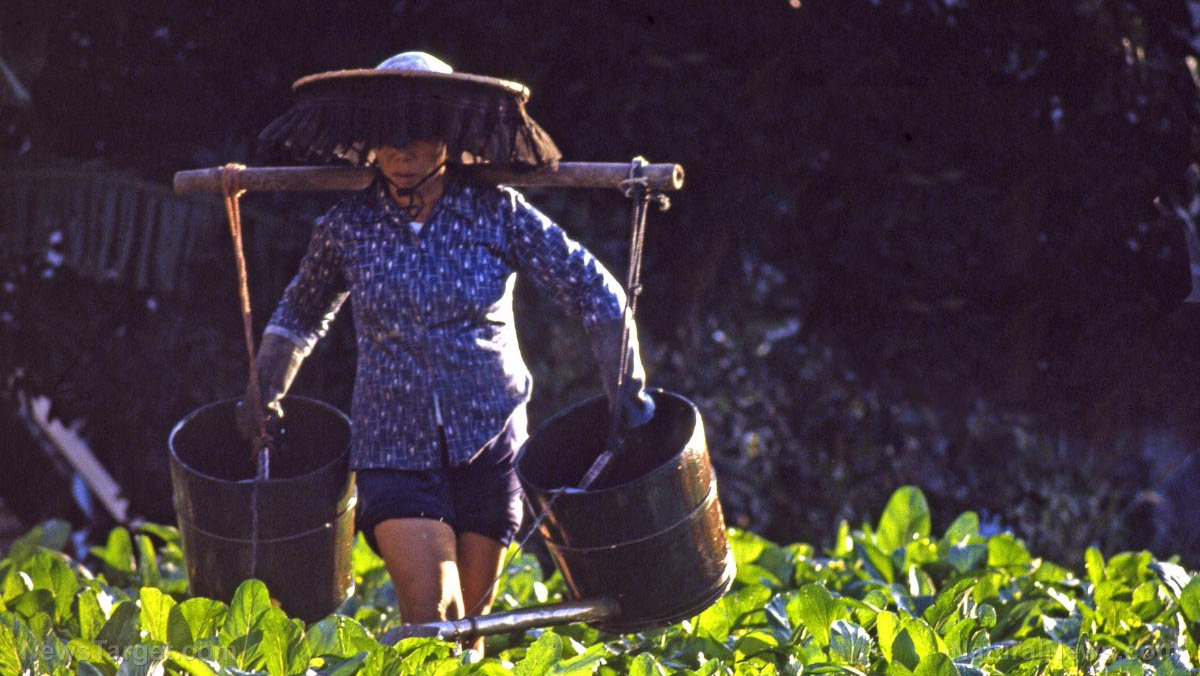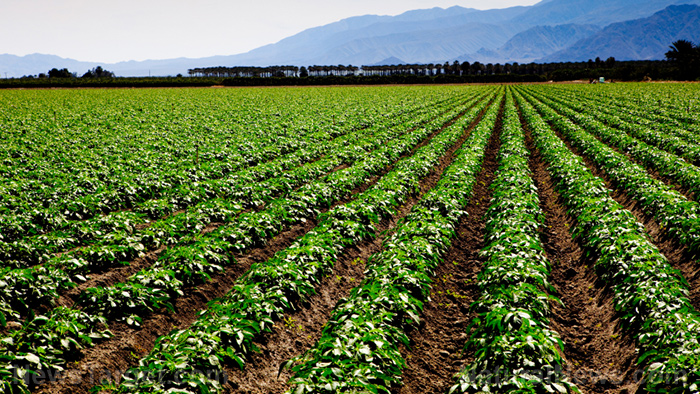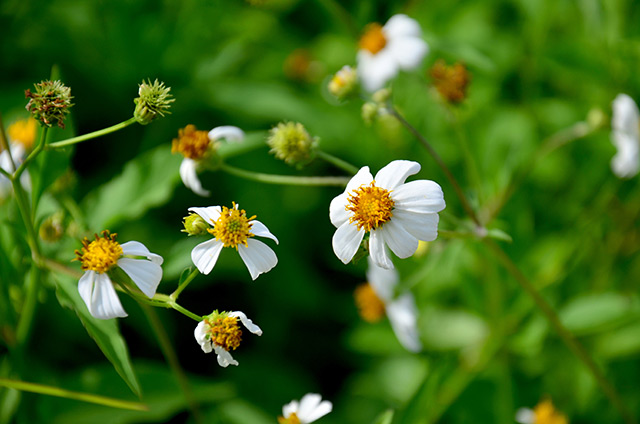Organic vineyard plots are more biodiverse than conventional crop management plots
10/17/2018 / By Edsel Cook
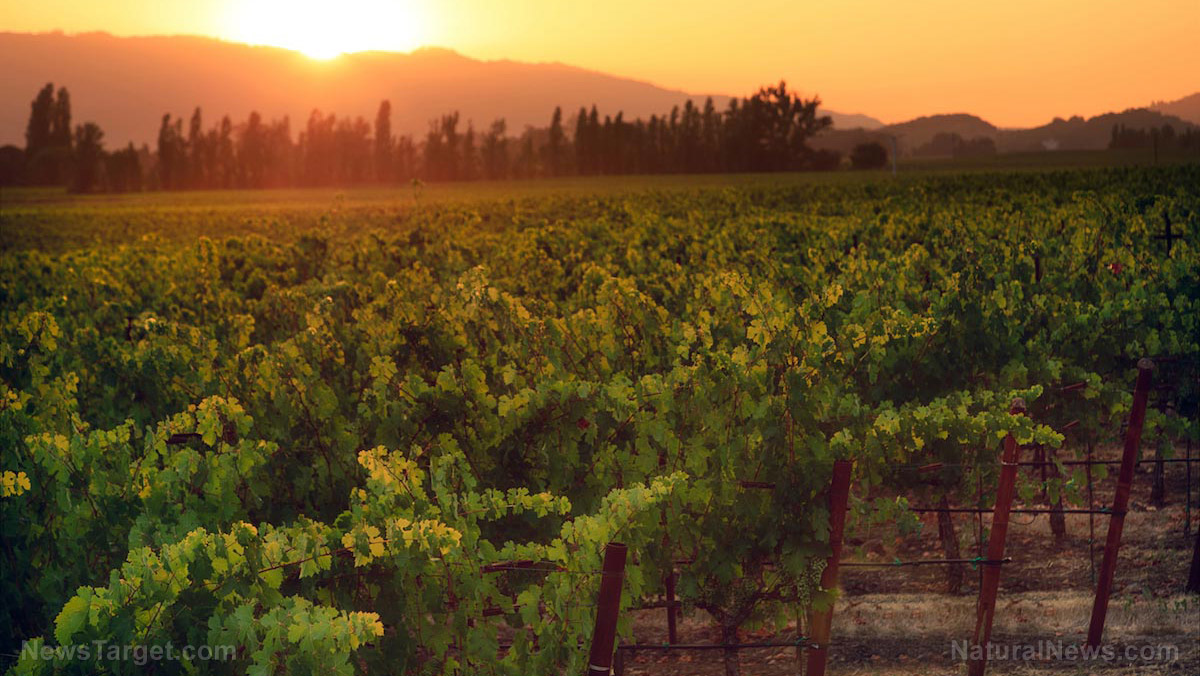
Researchers from Spain, while looking for ways of preserving biodiversity while also enabling agricultural plantations like vineyards, reported that organic farming practices could turn vineyards into biodiversity hot spots that could stop the decline of butterfly and moth populations across the continent.
The researchers were supported by the Museu de Ciències Naturals de Granollers. They published their findings in the journal Agriculture, Ecosystems & Environment.
- Organically managed and conventionally treated vineyards in Priorat, Spain were evaluated. The diversity of the bird, butterfly, moth, and vascular plant populations in the plots were measured. Meanwhile, the biodiversity of the butterfly and vascular plant communities in the grass strips between crops were also evaluated.
- The type of crop treatment affected the biodiversity in the vineyard plots. Vascular plants displayed the greatest effects. Bird communities were the least affected.
- Results showed that organic farms hosted much more diverse communities of butterflies and vascular plants. The moth communities in organic farms were also greater, but nowhere as diverse as the others. This was attributed to inadequate sampling.
- The uncultivated strips of grass between crop lines contained more diverse communities. They were considered biodiversity hotspots.
- Altitude and the surface area taken up by urban sprawl also affected biodiversity in the region.
They concluded that vineyards could take up organic farming techniques to help preserve the numbers of increasingly scarce butterflies and moths. One such technique is to leave uncultivated strips of soil within the plot.
Read more about the benefits that organic farming can bring to vineyards by following Harvest.news.
Journal Reference:
Puig-Montserrat X, Stefanescu C, Torre I, Palet J, Fàbregas E, Dantart J, Arrizabalaga A, Flaquer C. EFFECTS OF ORGANIC AND CONVENTIONAL CROP MANAGEMENT ON VINEYARD BIODIVERSITY. Agriculture, Ecosystems & Environment. 13 April 2017;243:19–26. DOI: 10.1016/j.agee.2017.04.005
Tagged Under: agriculture, animals, biodiversity, Butterflies, European vineyards, insects, moths, organic farming, organic farms, Plants, wildlife


